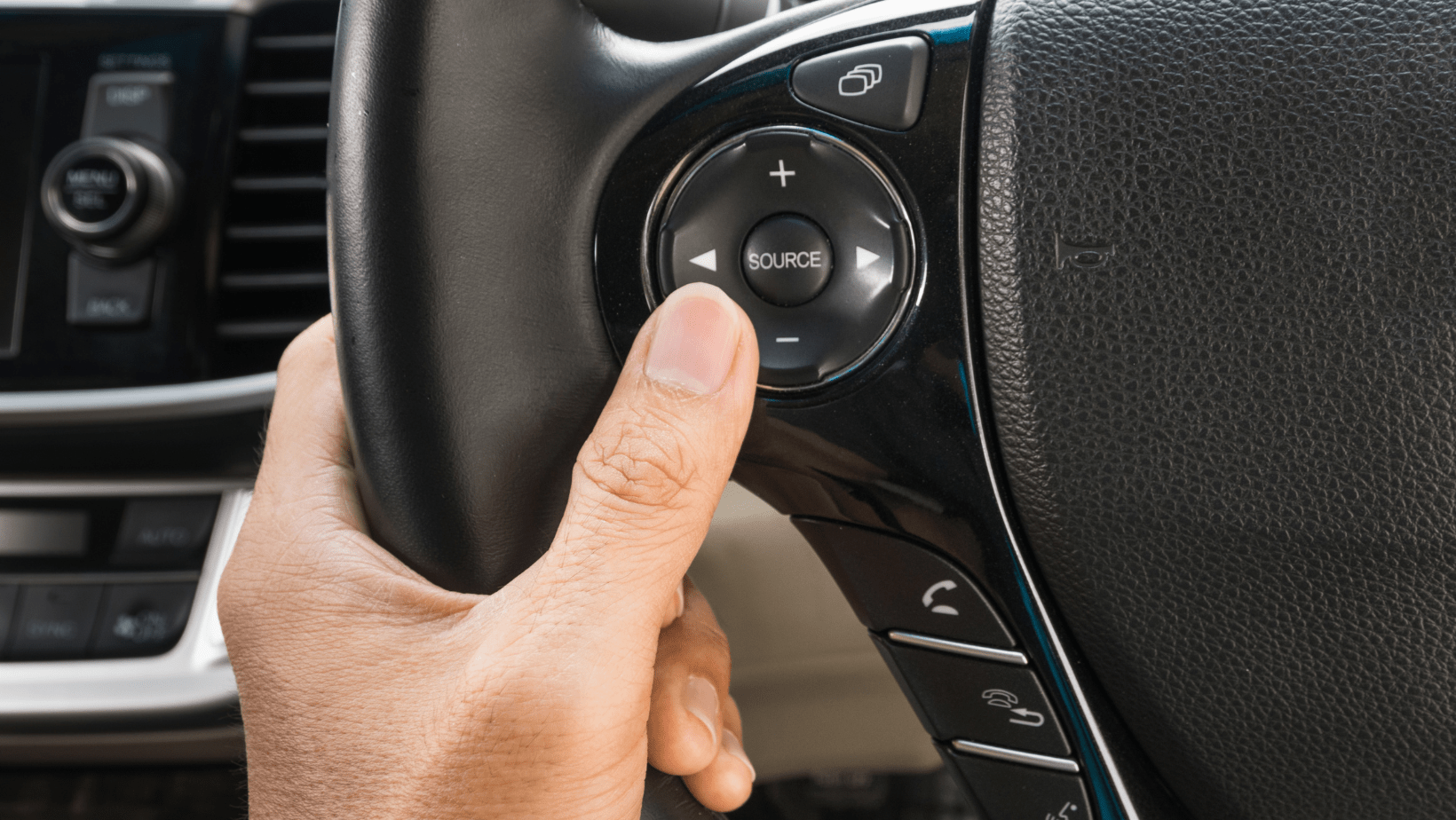Table of Contents
Does Cruise Control Affect Fuel Economy?
Introduction
Cruise control is more than just a convenience feature—it can enhance fuel efficiency, reduce engine wear, and contribute to a smoother driving experience. Whether you’re on a long road trip or commuting daily, understanding how cruise control impacts fuel economy can help save money at the pump and prolong your vehicle’s lifespan.
Key Takeaways: Cruise Control & Fuel Economy
| Advantage | Description |
|---|---|
| Enhanced Fuel Efficiency | Maintains a constant speed, reducing unnecessary acceleration and deceleration. |
| Reduced Engine Wear | Minimizes engine load, leading to less strain and longer engine life. |
| Better Trip Planning | Helps with maintaining a steady pace for a smoother journey. |
| Improved Safety | Reduces speed fluctuations, lowering the risk of accidents. |

How Cruise Control Improves Fuel Efficiency
The primary benefit of cruise control is its ability to maintain a steady speed, eliminating unnecessary acceleration and braking, which are major contributors to wasted fuel. By keeping the vehicle at a constant pace, the engine operates more efficiently, consuming less fuel in the process.
The Impact of a Steady Speed
✔ Reduces Fuel Burn: Fluctuations in speed force the engine to work harder, leading to higher fuel consumption.
✔ Less Braking & Acceleration: Cruise control prevents constant speed changes, which can increase efficiency by up to 15% on highways.
✔ Lower Engine Load: A steady pace reduces the strain on the engine, contributing to better fuel economy over time.
Cruise Control in Different Driving Conditions
While cruise control is highly effective on highways, its impact varies depending on driving conditions.
| Driving Condition | Effectiveness of Cruise Control |
|---|---|
| Highway Driving | Maximizes fuel efficiency by maintaining a constant speed. |
| Hilly Terrain | Less effective unless adaptive cruise control is used, as manual adjustments are often required. |
| City Traffic | Not recommended; frequent stops and starts make cruise control impractical. |
| Heavy Traffic | Adaptive cruise control can help, but traditional cruise control may waste fuel. |
For those navigating various terrains, adaptive cruise control can adjust speed dynamically, optimizing fuel efficiency even on hilly roads.
Cruise Control and Environmental Benefits
Fuel efficiency isn’t just good for your wallet—it also benefits the environment. By using cruise control to maintain a steady pace, drivers can reduce carbon emissions, contributing to a greener planet.
Eco-Friendly Advantages
✔ Lower Greenhouse Gas Emissions – Less fuel burned means fewer CO₂ emissions.
✔ Reduced Air Pollution – A steady engine operation decreases harmful exhaust fumes.
✔ Less Fuel Waste – Conserving fuel means consuming fewer natural resources.
Integrating Technology for Enhanced Fuel Savings
Modern vehicles are increasingly equipped with fuel-saving technologies that work alongside cruise control to optimize efficiency.
✔ Adaptive Cruise Control (ACC) – Adjusts speed automatically to match traffic flow.
✔ Eco Mode Systems – Modifies throttle response to maximize fuel savings.
✔ Hybrid & Electric Vehicle Enhancements – Cruise control optimizes battery usage in electric and hybrid vehicles.
Combining cruise control with other fuel-saving techniques can further maximize efficiency.
Additional Fuel-Saving Strategies Linked to Cruise Control
Pairing cruise control with these fuel-saving techniques can amplify results.
| Strategy | Description & Benefits |
|---|---|
| Aerodynamics Optimization | Reducing drag helps improve fuel efficiency. Sleeker designs minimize wind resistance. |
| Tire Pressure Maintenance | Properly inflated tires enhance mileage and support cruise control efficiency. |
| Driving Habits | Smooth acceleration and braking contribute to better fuel economy; cruise control aids in maintaining consistency. |
| Weight Reduction | Removing unnecessary vehicle weight can improve mileage. |
| Fuel Quality Consideration | Using the right fuel type optimizes efficiency and complements cruise control. |
| Regular Vehicle Servicing | Keeping the engine and cruise control system in top shape ensures fuel savings. |
| Avoiding Unnecessary Idling | Turning off the engine at long stops prevents wasted fuel. |
Each of these strategies works hand-in-hand with cruise control to enhance overall fuel efficiency.
Recap: Does Cruise Control Affect Fuel Economy
Cruise control is a valuable tool for improving fuel economy, extending engine longevity, and reducing environmental impact. When used correctly, it optimizes fuel consumption and delivers a smoother driving experience.
✔ Highway driving is where cruise control shines the most.
✔ Pairing it with other fuel-saving habits maximizes benefits.
✔ Advanced adaptive cruise control is revolutionizing fuel efficiency.
By incorporating cruise control into your driving habits, you can reduce fuel costs, minimize engine wear, and contribute to a cleaner environment—all while enjoying a stress-free driving experience.
Additional Resources
Check out the best performance car gear available on the market.
